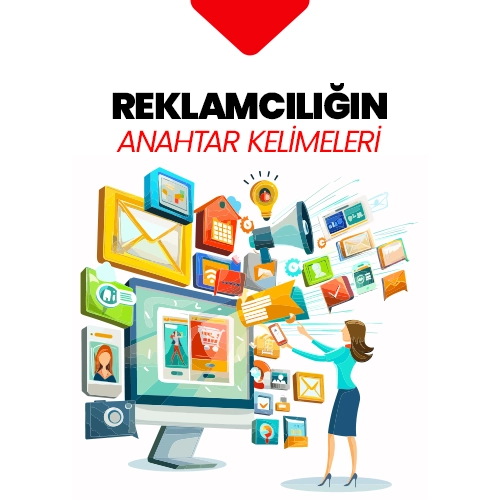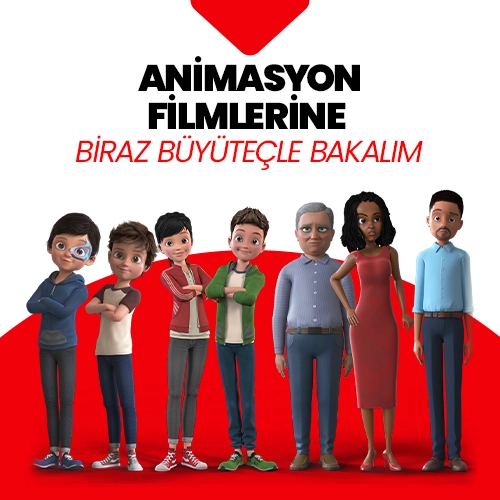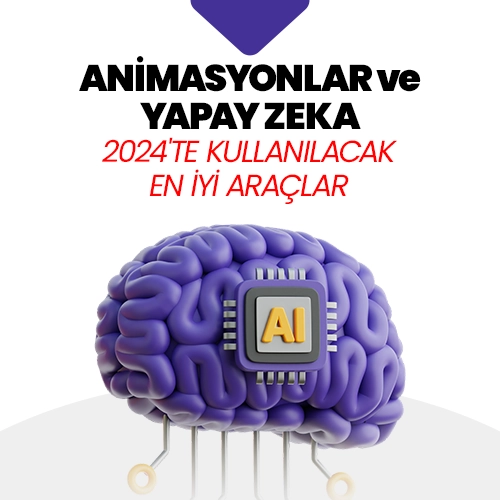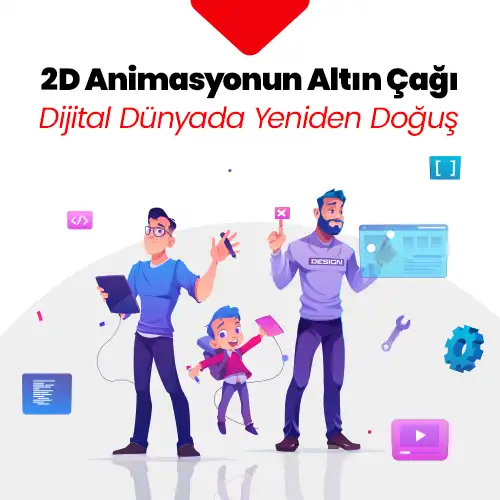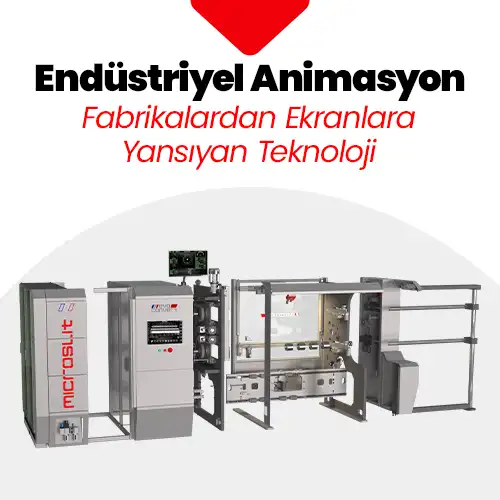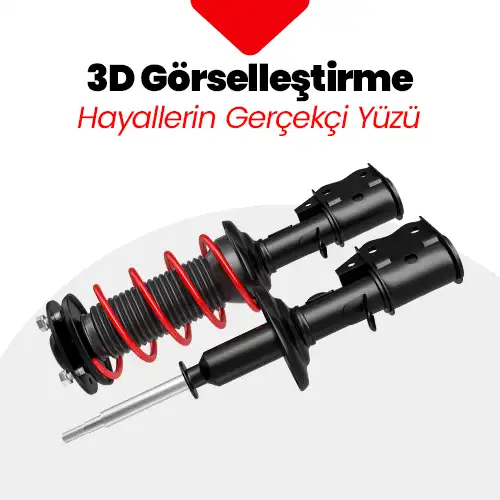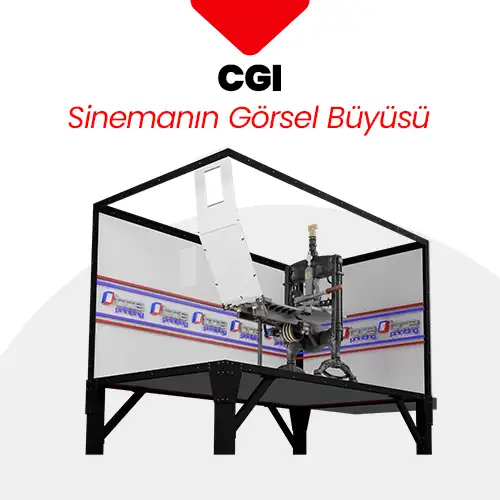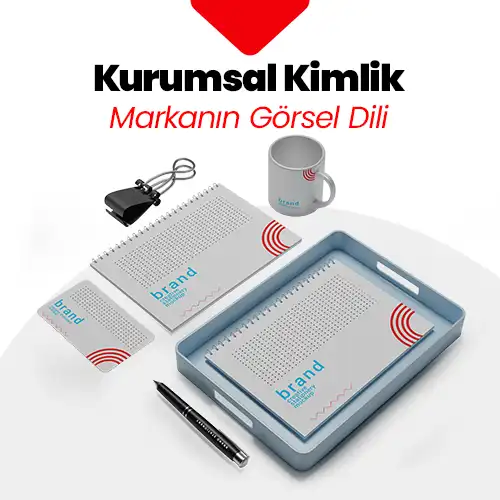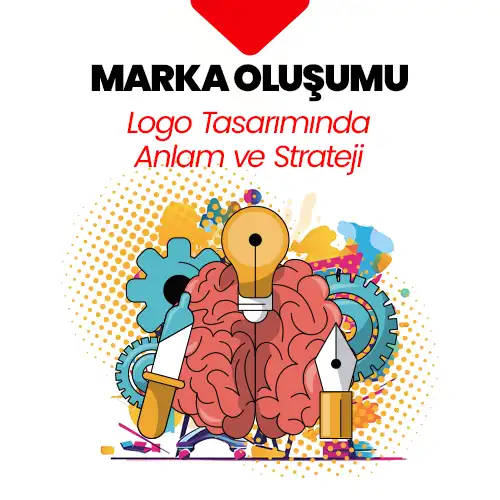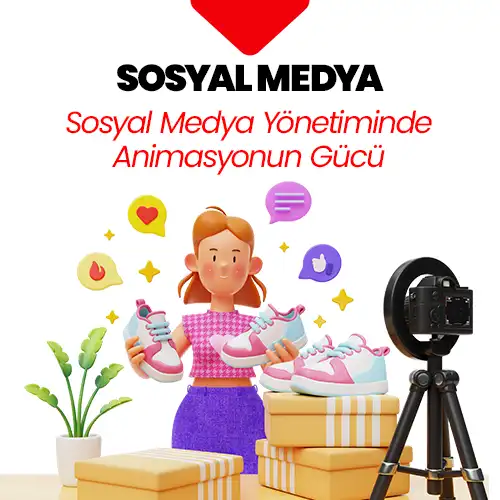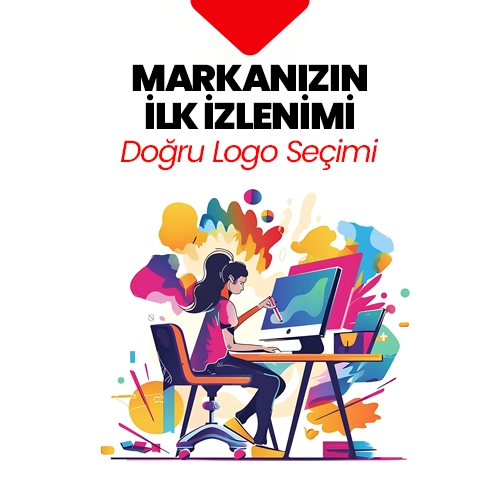3D Modeling; Unlimited Design Power of the Digital World
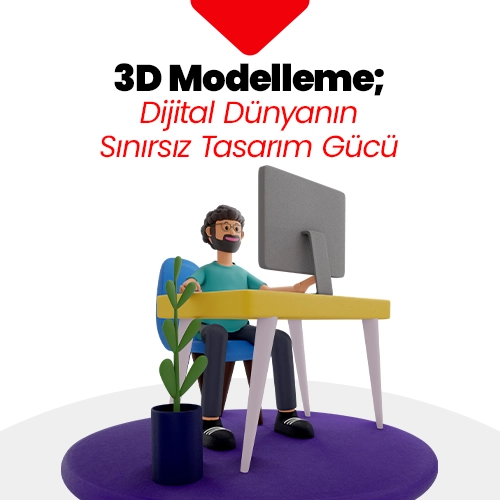
What is 3D Modeling?
Width, depth, and height… 3D modeling revolves around designing these three physical dimensions in a digital environment. The star of this digital stage can be an object, a space, or a character.
Where is 3D Modeling Used?
Three-dimensional modeling is utilized across various industries. In film, television, video games, architecture, construction, product development, science, and the medical sector, 3D models are used to visualize, simulate, and process graphic designs. We can easily see 3D modeling in movies, animations, and video games filled with fantastical and creative creatures and structures. Let’s examine it by sector:
Design and Engineering
Product Design: To create new product prototypes.
Architecture: For building and interior designs.
Automotive and Aerospace: For designing vehicles inside and out.
Entertainment and Media
Animation and Film: For character, environment, and effect designs.
Game Design: For 3D game worlds, characters, and objects.
Advertising: For product promotions and virtual scenes.
Medical and Healthcare Sector
Anatomical Models: For education and research purposes.
Medical Device Design: For prototype development.
E-commerce and Visualization
Product Images: To provide a better customer experience.
Virtual Tours: In the real estate and hospitality sectors.
Education and Simulation
Simulation Applications: In areas like driver training and military drills.
Educational Tools: For visually explaining complex topics.
Fashion and Textile
Clothing and Accessory Design: To create new collections virtually.
Art and Creativity
Digital Sculpting: For artistic creations.
NFTs and Digital Collectibles: For creating virtual assets.
How is 3D Modeling Used?
3D modeling is achieved manually using specialized 3D production software that allows an artist to create and manipulate polygonal surfaces or by scanning real-world objects into a digital representation using a set of data points. The steps of the 3D modeling process, typically involving polygons and vertices, are as follows:
Concept Development:
Determine the purpose and area of use for the model (e.g., game, film, engineering).
Blocking:
The rough outline of the model is created. At this stage, no details are added; only the general form and proportions are determined.
Detailing:
Surfaces, edges, and vertices are worked on to add details to the model.
Texturing:
Colors, patterns, and material properties are added to the model’s surface. This ensures a realistic appearance.
Lighting and Rendering:
The model is placed in a virtual scene, illuminated, and the final image is rendered.
What are the Advantages of 3D Modeling?
Low Cost: Savings are achieved using digital models instead of physical prototypes.
Realistic Visualization: Designs can be presented close to their finished form.
Fast Product Development: Design processes accelerate, and revisions become easier.
Versatility: It can be adapted to various sectors like architecture, engineering, entertainment, and healthcare.
Virtual Testing Capability: Simulations on models help detect errors in advance.
Creativity: Offers limitless design possibilities and supports innovation.
Eco-friendly: Contributes to sustainability by reducing physical material use.
What 3D Modeling Software is Used?
Blender
Free and open source. Offers modeling, animation, rendering, sculpting, and video editing. Preferred in gaming, animation, film, and visual effects.
Autodesk Maya
Advanced modeling, animation, and simulation tools. Considered the industry standard. Used in animation, visual effects, film, and game development.
3ds Max
Powerful modeling and visualization tools for architects and engineers. Used in architecture, product design, gaming, and advertising.
ZBrush
Ideal for digital sculpting. Creates highly detailed models. Preferred in character design, film, and game development.
Cinema 4D
User-friendly interface, ideal for motion graphic design. Used in animation, advertising, and graphic design.
SketchUp
Simple and easy to use. Suitable for architectural designs. Used in architecture, interior design, and product design.
Rhinoceros (Rhino 3D)
NURBS modeling and detailed curve design. Preferred in industrial design, jewelry design, and engineering.
Houdini
Powerful for procedural modeling and visual effects production. Used in film, gaming, and animation.
SolidWorks
Ideal for technical design and engineering projects. Used in mechanical design, product development, and engineering.
TinkerCAD
Simple and free for beginner users. Used in education, 3D printing, and basic design.
Let Imagination and Digital Reality Meet with 3D Modeling.
With its cost advantages, realistic visualization, speed, and flexibility, 3D modeling has become indispensable for nearly every industry. Whether in architectural projects, creating game worlds, or in the medical sector, 3D modeling is a tool that supports creativity and innovation. In this article, we explored 3D modeling. Wishing you continuous production and growth in the light of technology and science… See you in the next article full of mega information!
Other Similar Posts
© 2022 - 2025 All rights reserved by Megaton Media and Animation
Sitemap








